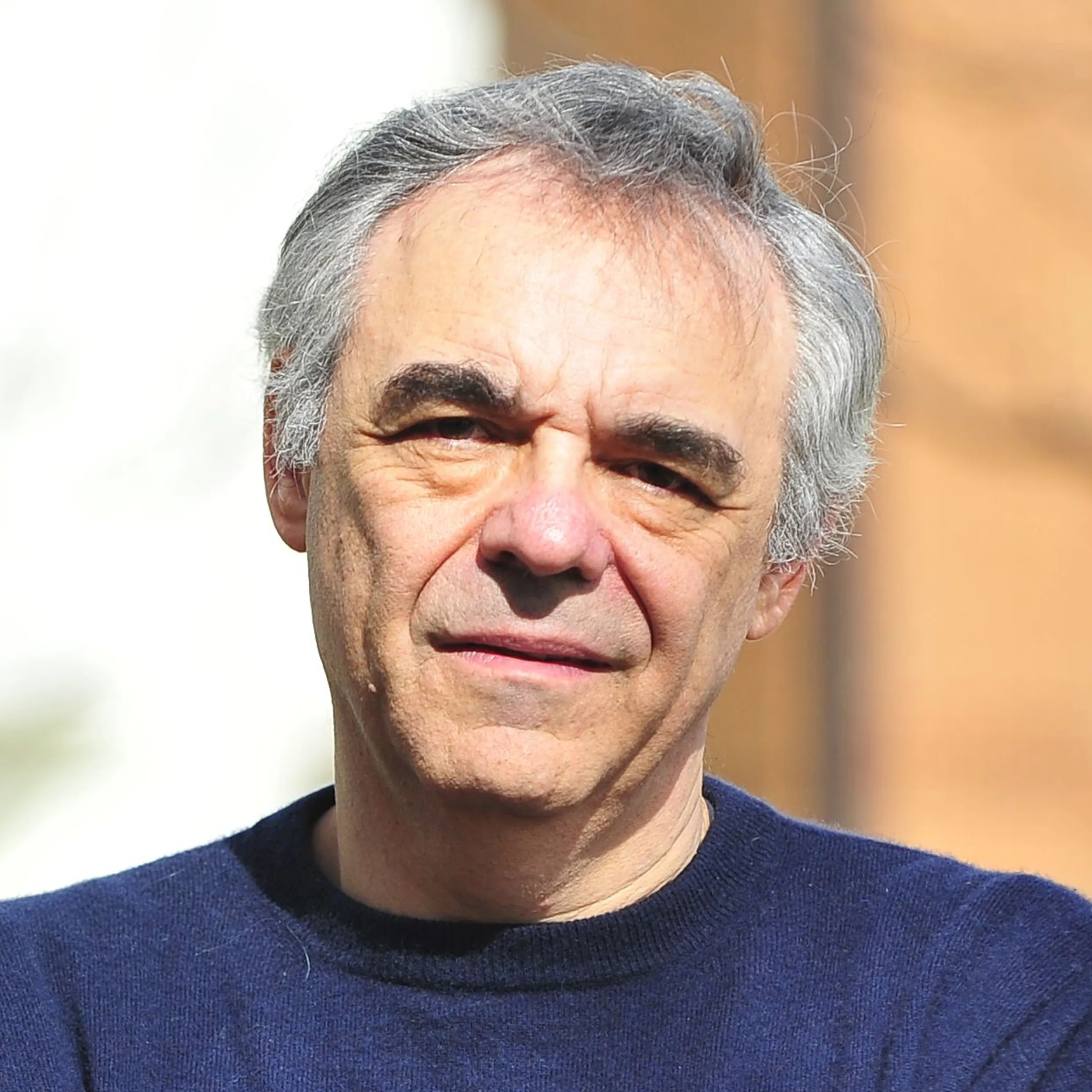
David Fushman
Professor
Research Focus: Protein Structure
Research Focus: Protein Structure
David Fushman is a professor of chemistry and biochemistry with an affiliate appointment in the University of Maryland Institute for Advanced Computer Studies.
His research explores the structure, dynamics, stability and function of biological macromolecules, with a focus on intracellular signaling and ubiquitin-mediated pathways. Fushman develops and applies advanced theoretical and experimental methods to understand multidomain proteins and their roles in protein stability and function.